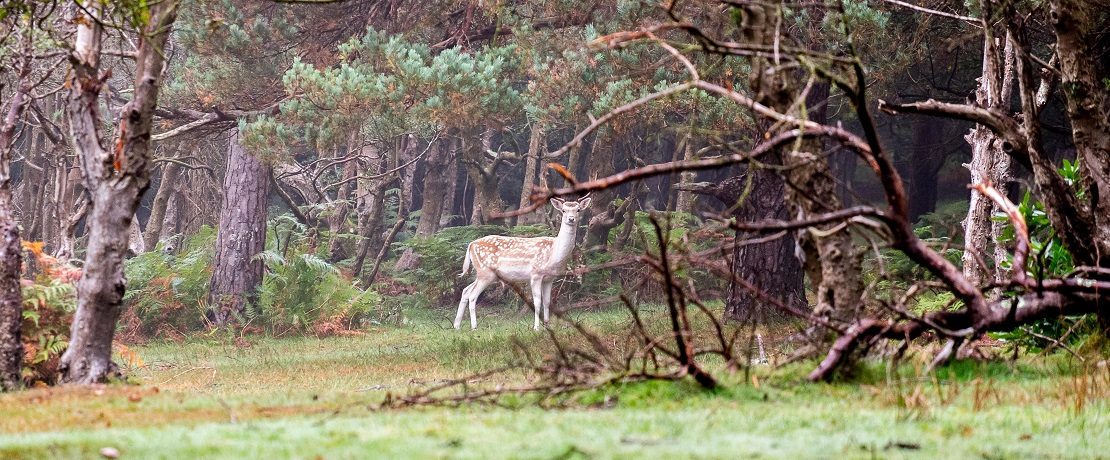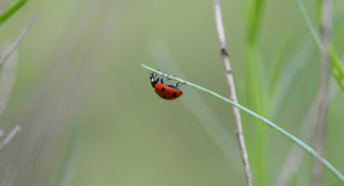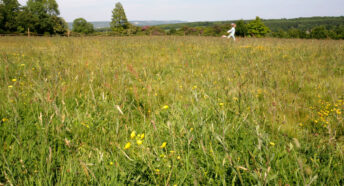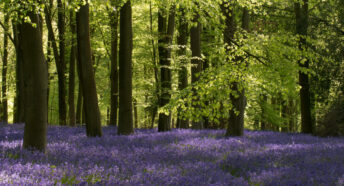A month in the countryside: connecting with nature in September
In her latest exclusive monthly column for CPRE, Susie White gives us her tips on what to look out for in nature – celebrating what makes the North Pennines so special, as well as the everyday beauty that can inspire us all.
Although the move from winter into spring can be subtle and slow, a gradual awakening, autumn seems to arrive with exactness at the beginning of September. Deer bark in the woods near our house and the robin sings its crisp autumn song. Dainty pink cyclamen are in flower in my garden and butterflies and bees jostle over the flat tops of sedums.
Each year I hope that the temperatures hold up for as long as possible in this frost hollow of a valley so that we can keep harvesting runner beans and courgettes. But whatever happens, there are golden walks through the fields amongst backlit grasses.
Five ways to connect with nature this September
1. Behold the jewels of the hedgerow
Rose hips are now plump and glowing on the wild bushes along lanes and riverbanks. There are many species of wild roses and they are hard to tell apart but, jewel-like in their brilliance, they are food for birds and for small mammals such as voles and squirrels.
A good source of vitamin C, rose hips were gathered by volunteers and groups during World War Two as an alternative to oranges and were made into syrups especially for young children. Care had to be taken to strain out the hairy seeds which irritate the gut or skin, which is why they were once ground up by children and made into itching powder!
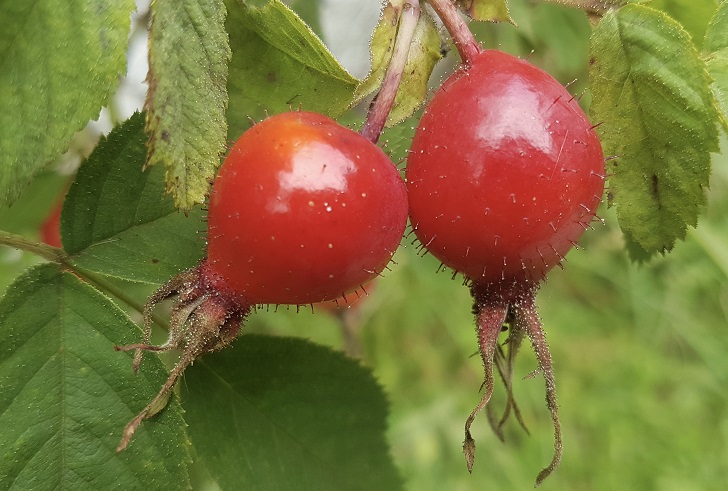
2. Get a buzz by the water
Living near a river we often see dragonflies zooming along on speedy restless wings over the vegetable garden. They are mostly hawkers, their long abdomens banded in black alternating with blue, green or yellow spots.
When wearing a striped t-shirt I had the odd experience of being buzzed by one of these impressive insects. It flew in circles but kept coming back to me, steadying in the air as if examining me, flying at my shirt and at one point landing on it.
If you have a pond nearby you may see dragonflies leaving their eggs amongst waterlilies or pond plants. After mating the female hovers above suitable stems or foliage, curves her body in an arc and prods with the end of her abdomen, depositing eggs through her ovipositor, the tube down which they are laid.
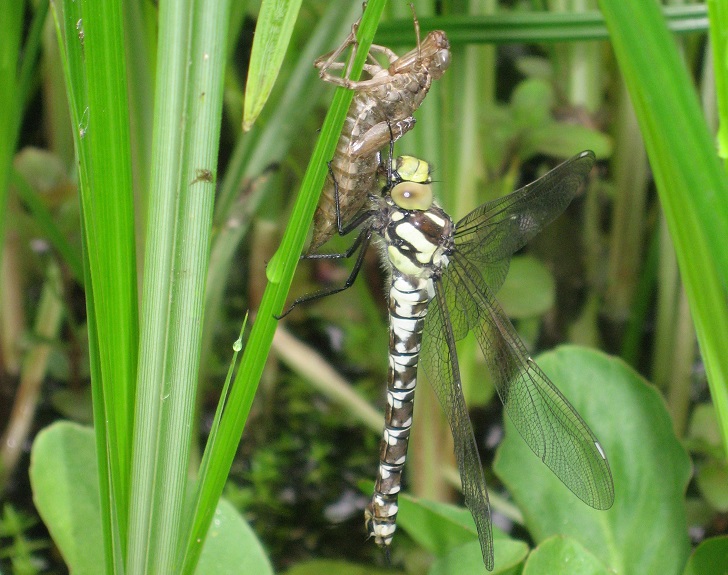
3. Find the ‘Joy’ of the season
September is when my double line of sedums are at peak nectar. I grow them on either side of the main path and walking down it at this time of the year is an intense sensory experience – one which can also be enjoyed in many parks and visitor gardens.
The flowers give off a strong honey scent and clouds of insects lift off as I pass. It is quite breathtaking as they rise up in a wave of sound, a mixture of honeybees, bumblebees, hover flies, true flies and – soundlessly – butterflies. There are red admirals, peacocks, small tortoiseshells and commas and some day-flying moths such as the Silver Y. Though botanists have renamed this plant Hylotelephium spectabile I still think of it as sedum, the well named ‘Autumn Joy’.
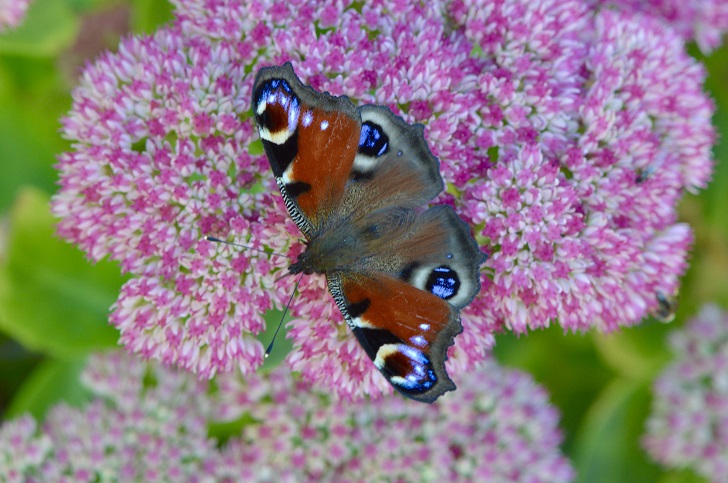
4. Hear the heron’s call
I’m working in the garden and my quiet thoughts are abruptly cut through by an unearthly shriek. I look up and there’s a heron, slow-flapping its way along the valley, eerily prehistoric and uttering harsh cries. It often calls out in protest at being disturbed from stalking its prey in the river.
When a heron lands on one of its favourite perches it looks out of proportion, a huge hunched shape, pale against dark conifer branches. Though herons feed on fish and frogs they also eat voles and will stand in the long grass of the field, sometimes in a group, motionless for ages before a sudden stab with that long yellow beak. I have watched out of my window as a heron, having grabbed a vole, turns it deftly round so that it is head first before swallowing it whole.
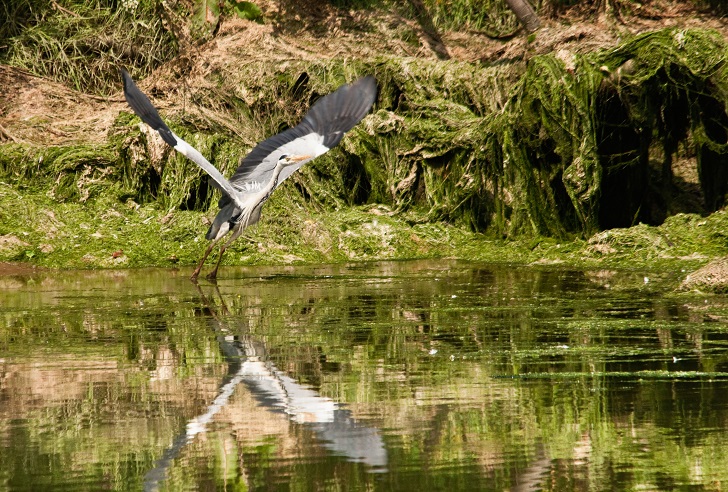
5. Seek out bats after sunset
On these autumn evenings, with twilight happening earlier each night, I have more opportunity to watch the bats. Pipistrelles emerge twenty minutes after sunset and I stand on the terrace with them swooping above and around me. They are one of the six species of bats recorded in or near my garden: Pipistrelle, Soprano Pipistrelle, Natterers, Whiskered, Daubentons and Noctule.
Bats forage on insects and I feel especially grateful to the pipistrelles for scooping up midges. A single ‘pip’ can eat 3,000 midges a night. I like to attribute to them the fact that we can garden or sit outside in the evenings without being bitten by midges!
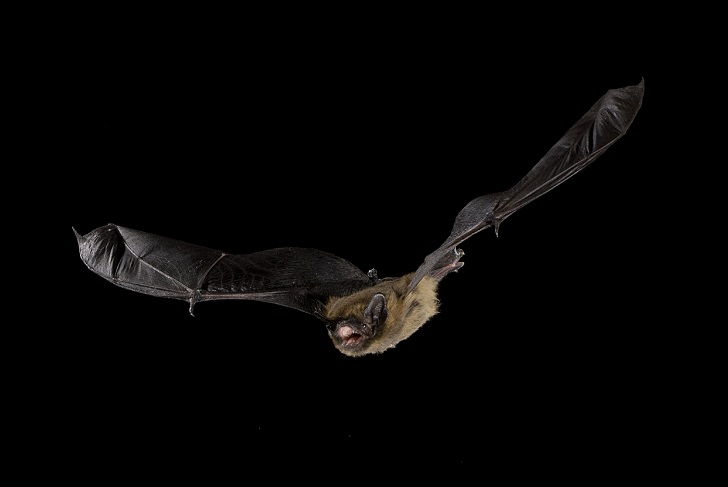
Susie White is a writer and naturalist who lives and gardens in a small valley in the North Pennines Area of Outstanding Natural Beauty. Its diverse mix of habitats and landscapes provides a rich variety of wildlife to observe and record – including through her regular Country Diary entries for The Guardian.
Read more of Susie’s observations and enjoy her great photos on twitter @cottagegardener and remember to look out for her next CPRE column in October.
